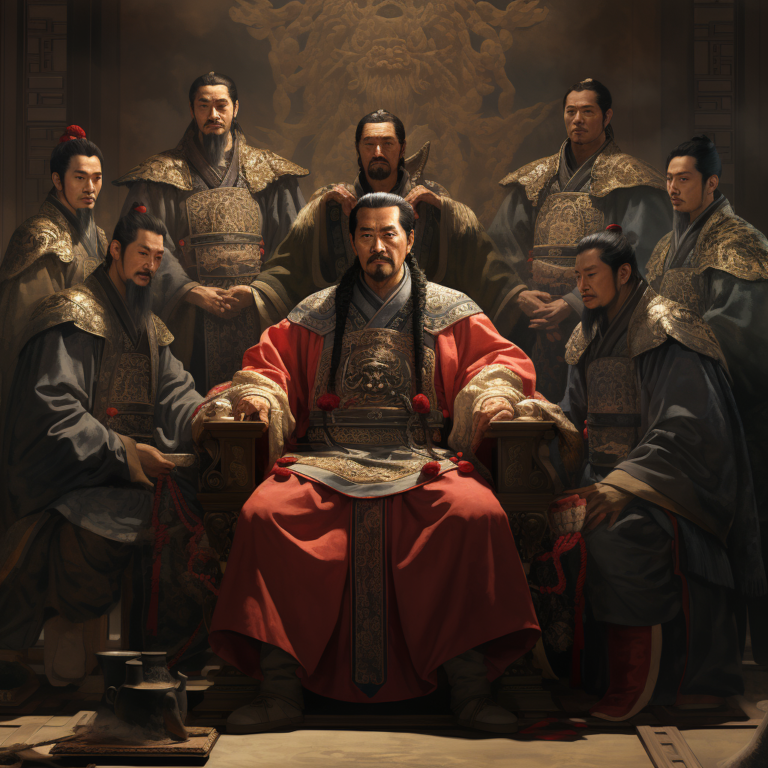Introduction to the Sui Dynasty
The Sui Dynasty was a short-lived but highly impactful imperial dynasty in China, lasting from 581 to 618 AD. Founded by Emperor Wen, the dynasty succeeded the period of disunity and chaos known as the Northern and Southern Dynasties. Despite its relatively short duration, the Sui Dynasty laid crucial foundations for the subsequent Tang Dynasty. Mark Edward Lewis, in his book “China’s Cosmopolitan Empire: The Tang Dynasty,” refers to the Sui as the “precursors who set the stage for the glory of the Tang Dynasty.”
Political and Administrative Reforms
One of the significant legacies of the Sui Dynasty was its political reforms, which aimed to consolidate power and standardize administrative procedures. Emperor Wen introduced a series of legal codes known as the “Kayue,” centralizing governance and reducing corruption. The Dynasty also revived the imperial examination system, which allowed talented individuals from various social backgrounds to enter government service. Patricia Buckley Ebrey, in “The Cambridge Illustrated History of China,” notes, “The imperial examination system instituted during the Sui Dynasty democratized the bureaucracy and was one of the major contributions to the dynasty’s legacy.”
Infrastructure and Engineering Feats
A key feature of the Sui Dynasty was its commitment to large-scale infrastructure projects. The most notable of these is the Grand Canal, a monumental engineering achievement that linked the Yellow River in the north with the Yangtze River in the south. This canal facilitated the transport of grains, troops, and communications, effectively integrating the empire’s vast territories. However, the massive labor demands for such projects eventually led to widespread discontent and contributed to the dynasty’s downfall.
Military Campaigns and Expansion
Under the Sui Dynasty, military campaigns were largely aimed at territorial expansion and reunification of China. Emperor Yang, the second and last emperor of the dynasty, launched multiple unsuccessful campaigns against the Korean kingdom of Goguryeo. These military endeavors drained the empire’s resources and led to immense loss of life, further accelerating the decline of the Sui Dynasty.
Cultural and Religious Impact
The Sui Dynasty also had a lasting impact on Chinese culture and spirituality. Buddhism, in particular, received state support and flourished during this period. Numerous Buddhist texts were translated, and monastic communities gained prominence. The importation of foreign religious and cultural elements served as a catalyst for the rich tapestry of religious thought that developed later in the Tang Dynasty.
The Sui Dynasty, though short-lived, was a period of intense change and development in Chinese history. It set the stage for the flourishing Tang Dynasty and left an indelible mark on Chinese governance, infrastructure, and culture. Its focus on centralized governance, meritocratic bureaucracy, and cultural integration had a far-reaching impact, making it an essential subject of study for those interested in understanding the formative periods of Chinese civilization.
